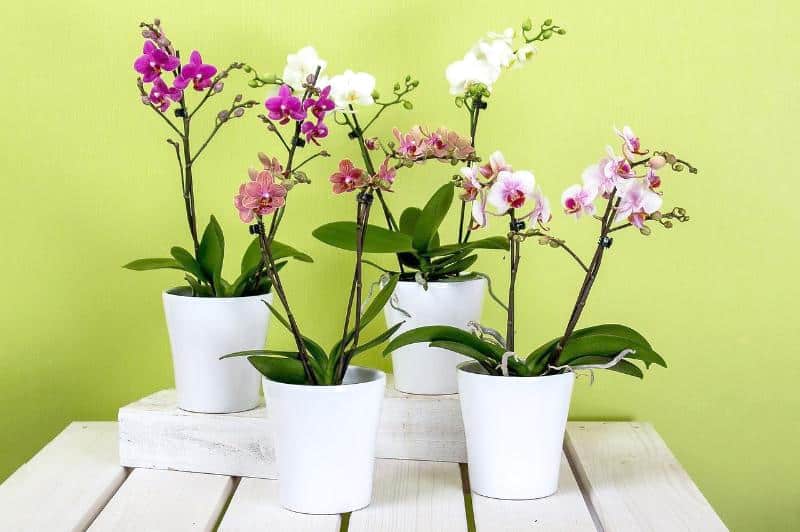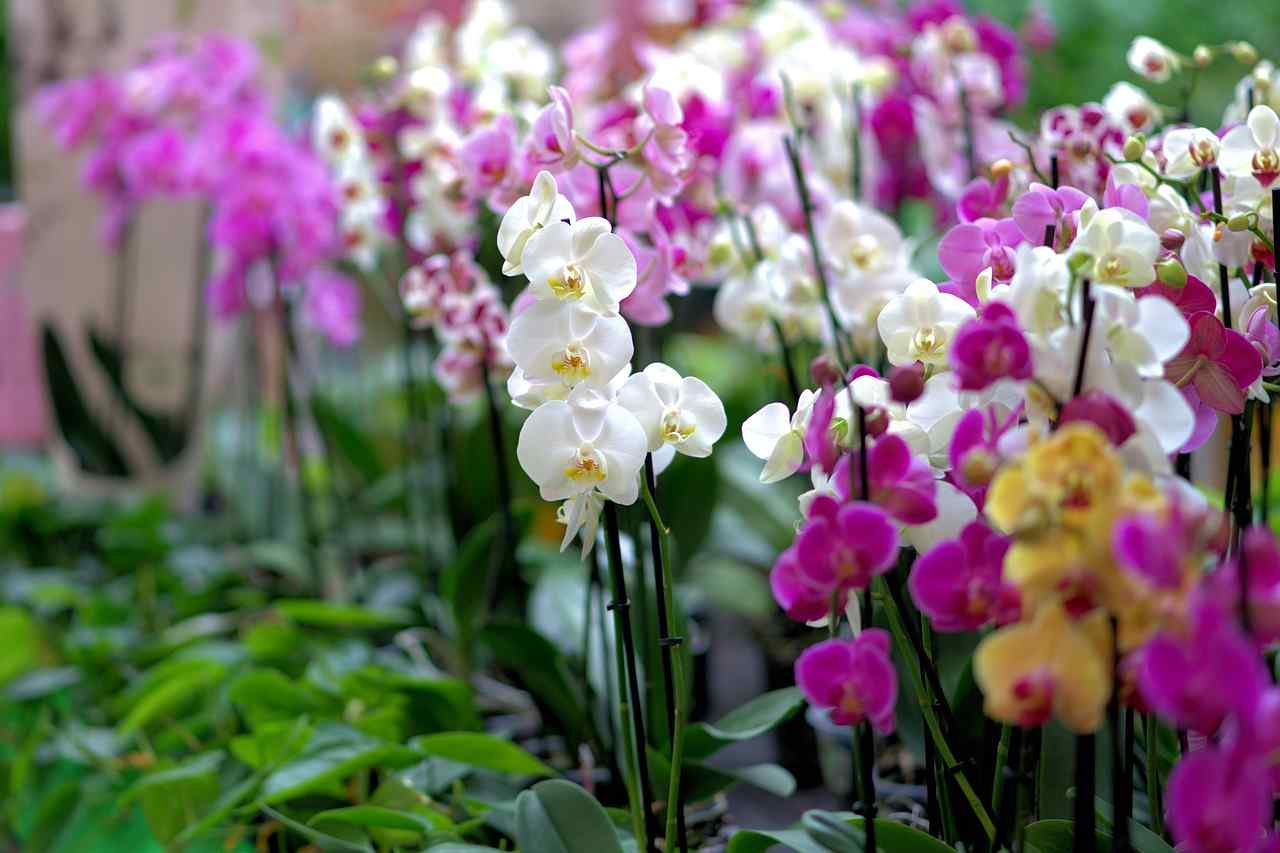Whether you’re a seasoned plant parent or just getting started, propagating orchids can be a rewarding endeavor. This guide will help you understand the methods involved and provide tips for success.
Understanding Orchid Propagation
Orchids can be propagated through various methods, including division, keiki (baby orchid) production, and back bulbs. Each method has its own set of requirements and is suitable for different types of orchids. Before you start, it’s essential to be aware that not all orchids will propagate easily, and some may take longer to produce new plants.
1. Division Method
What is Division?
Division is one of the most common ways to propagate orchids, particularly for monopodial varieties like Phalaenopsis. This method involves separating the rhizome into several parts, each with roots and pseudobulbs.
How to Divide Orchids:
Timing: The best time to divide orchids is in the spring, right after blooming. This gives the plant time to recover during its growing season.
Prepare Your Tools: You’ll need a sharp, clean knife or garden shears, and sterile potting media.
Remove the Plant: Gently take the orchid out of its pot to avoid damaging the roots.
Inspect and Cut: Look for natural divisions in the plant. Each division should have at least one pseudobulb and a healthy root system. Cut through the rhizome carefully.
Repot: Pot each division into its new container with fresh potting mix, ensuring the roots are well spread out.
Care: Water lightly and place them in a bright, indirect light location.
2. Propagating Keikis
What are Keikis?
Keikis are small plants that grow from the nodes of the parent orchid. They are a natural way for the plant to reproduce and can be propagated once they develop sufficient roots.
Steps to Propagate Keikis:
Wait for Root Development: Ideally, wait until the keiki has at least two inches of roots.
Sever the Keiki: Using sterilized scissors, cut the keiki from the parent plant.
Potting the Keiki: Plant the keiki in a small pot with suitable orchid mix. Water gently.
Care for the Keiki: Ensure it receives bright, indirect sunlight and maintain humidity until it establishes itself.
3. Using Back Bulbs
What are Back Bulbs?
Back bulbs are the older, non-flowering pseudobulbs of the orchid. These bulbs can sometimes produce new growth and flowers if propagated properly.
How to Use Back Bulbs:
Selecting Bulbs: Choose healthy back bulbs that are firm and plump. Discard any that look shriveled or soft.
Potting: Plant the bulb in a pot with fresh orchid mix and water lightly.
Light and Humidity: Provide bright, indirect light and maintain humidity. You might want to cover the pot with a plastic bag to create a mini greenhouse effect until the bulb starts to grow.
General Care Tips for Propagating Orchids

Humidity and Temperature: Orchids thrive in humid environments. Using a humidity tray or misting can encourage growth. Additionally, maintain a temperature range of 65-75°F (18-24°C) for optimal development.
Watering: Orchids do not like to be overwatered. Water the plant thoroughly, allowing excess to drain, and then let the medium dry out before the next watering.
Light Conditions: Most orchids require bright, indirect light. Too much direct sunlight can scorch the leaves, while insufficient light can inhibit growth.
Fertilizing: Use a balanced orchid fertilizer during the growing season to provide the necessary nutrients. Follow the recommended dosage to avoid over-fertilization.
Conclusion
Propagation can seem daunting at first, but with patience and the right techniques, anyone can succeed in growing new orchids from existing ones.
Whether you choose to divide your orchids, propagate keikis, or use back bulbs, each method contributes to the joy of orchid care.
Not only will you increase your collection, but you’ll also deepen your connection to these fascinating plants.





